Palena, Church of San Falco and Sant'Antonino
2023
Parish church of the town, it was built in the 12th century, after the earthquake of 1706, it was built again, however maintaining the 14th century bell tower
You may also like
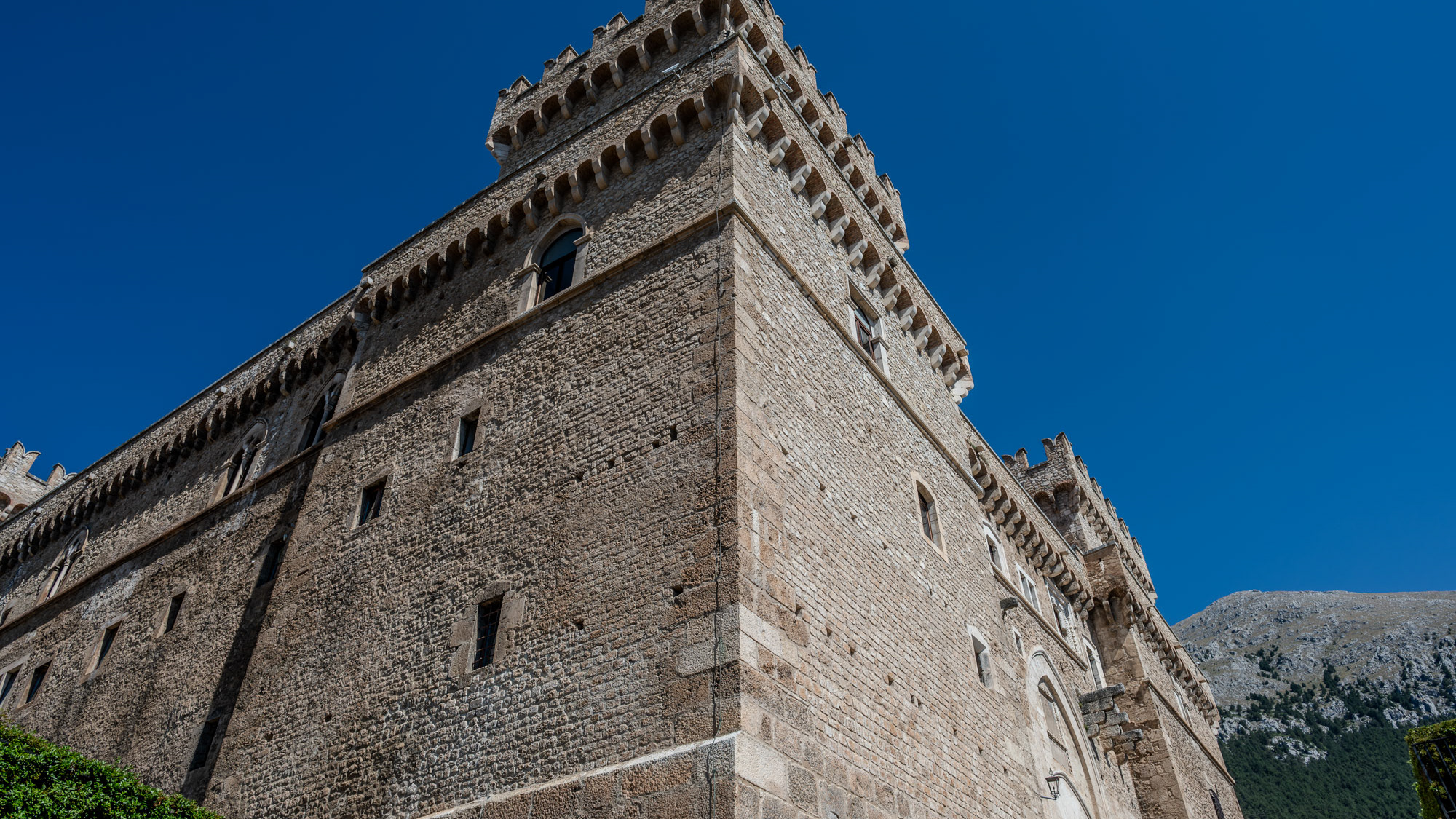
2024
Celano. The Piccolomini Castle
The Piccolomini Castle of Celano overlooks the Fucino plain, once occupied by the third largest lake in Italy, majestically and imposingly.
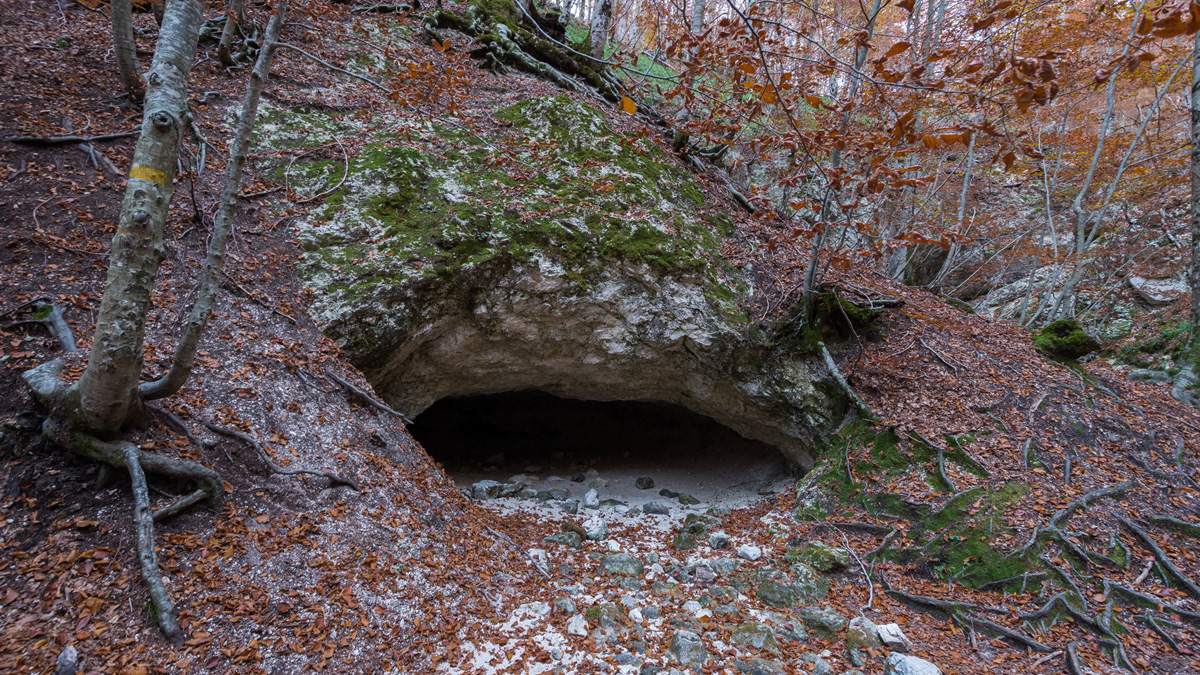
2017
P.N.A.L.M. - Part II
The National Park of Abruzzo, Lazio and Molise is a national park including for the most part (about 3/4) in the province of L'Aquila in Abruzzo and for the remainder in that of Frosinone in Lazio and in that of Isernia in Molise. It was inaugurated on 9 September 1922 in Pescasseroli, the current headquarters and central management of the park, while the body of the same name had already been established on 25 November 1921 with a provisional directorate. Its establishment took place officially with the Royal decree-law of 11 January 1923.
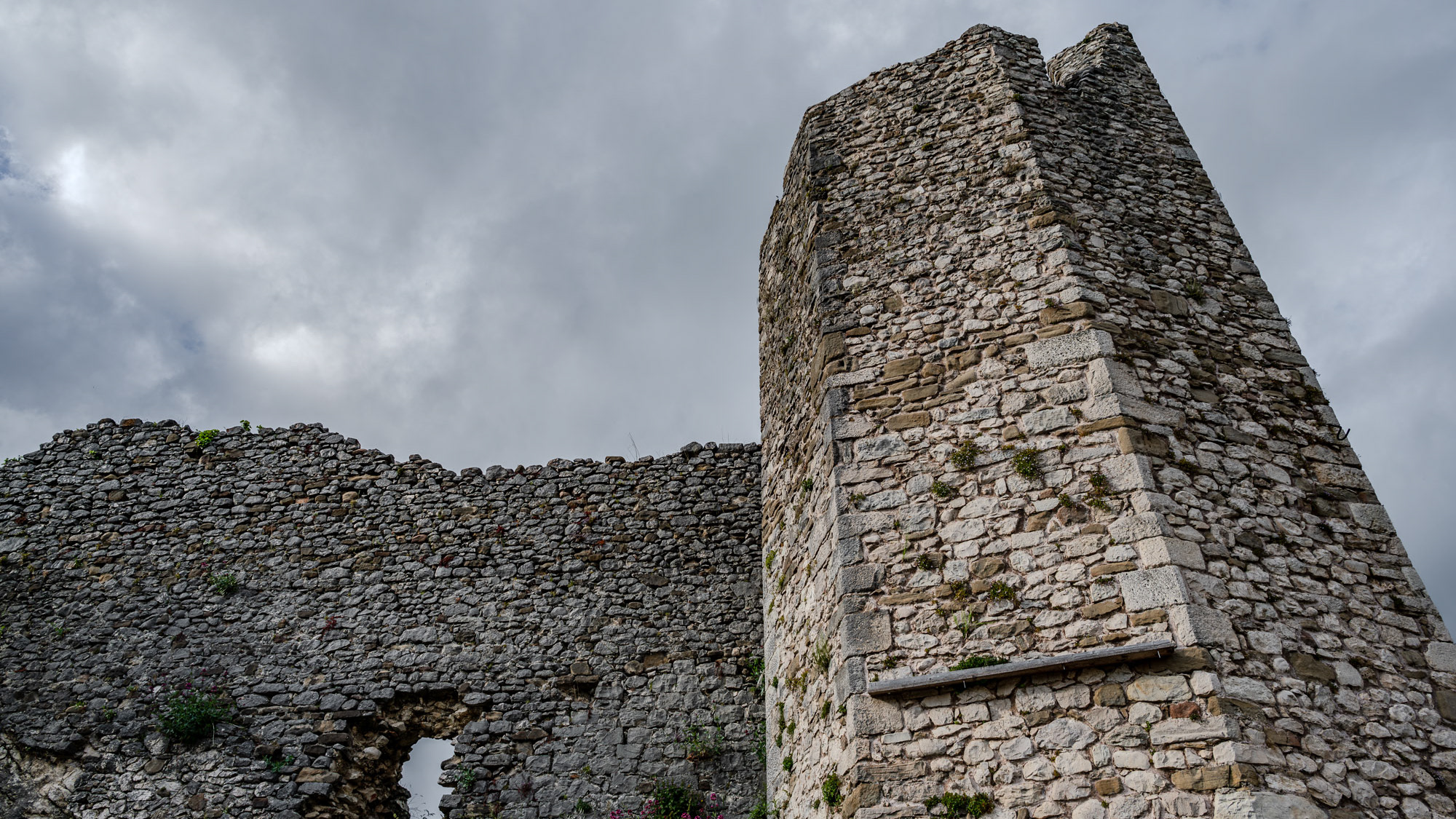
2024
Alfedena. The Castle
Alfedena Castle is the ruin of a castle dating back to the 10th-11th century in the Italian municipality of the same name of which an octagonal tower and parts of the walls remain. The ruins are located in a dominant position over the town, along Via Luigi De Amicis. The wall rests its foundations directly on the rocky thickness of the mountain hill overlooking Alfedena, has an irregular circular appearance, with multiple layers of walls, and double curtain walls with fornix-shaped entrances are preserved. The tower, although cut off at the top, is the best preserved element. The castle was founded around the 10th century by the Frankish lords, who divided the county of Marsi between them. In fact, Alfedena was among these possessions and, on top of the castle hill, a fortified tower was built, which communicated with those of the other villages, such as Scontrone, Castel di Sangro and Barrea. The tower with an irregular plan was rebuilt in the 13th century, as demonstrated by the octagonal structure, perhaps before it had a cylindrical base, the fact is that it testifies to the ancient function of the castle, which was that of lookout, guarding the town below, developed from the 14th century onwards, and together with the fortified enclosure, it also served as a shelter for citizens during periods of emergency, such as sieges. In the 14th century it was a fiefdom of Simone Di Sangro, the rich family from the Peligna valley, who had various fiefdoms, only to then pass to Giacomo Caldora in 1422. In 1456 a serious earthquake damaged the castle, which slowly lost the ancient central function of Alfedena, given that the main political and economic activities developed further and further downstream, along the Pescasseroli-Candela sheep track. The castle was enfeoffed during the Spanish viceroyalty to various lords, but it never returned to its ancient functions, it was damaged again by the Maiella earthquake of 1706, then by the earthquakes of 1915 (Marsica earthquake) and 1984, being restored only in the first years 2000, to be visited as a panoramic location, together with the octagonal tower.
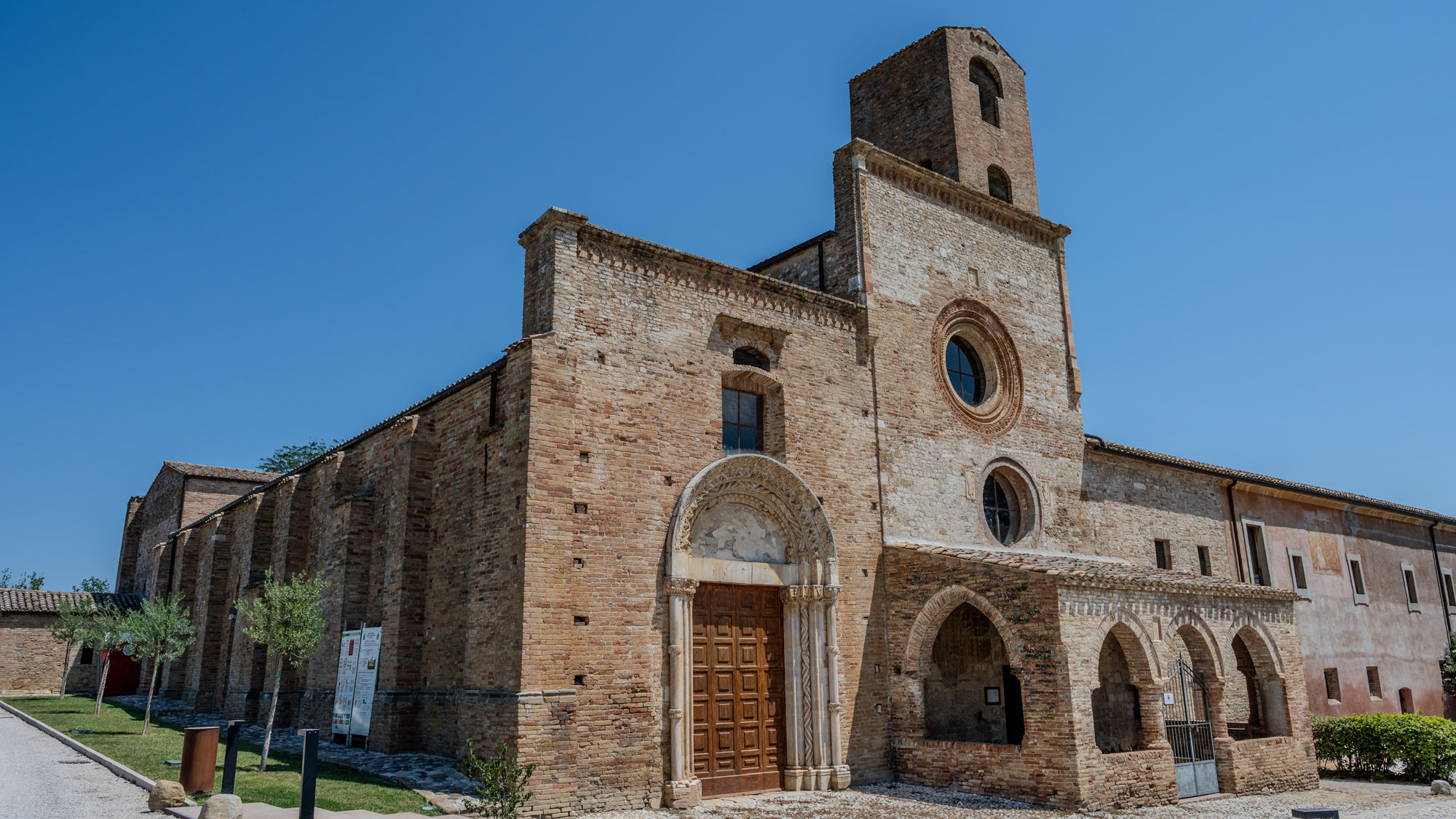
2024
Morro D’Oro. The church of S. Maria di Propezzano
The church of Santa Maria di Propezzano is a Romanesque-style Catholic place of worship in Abruzzo located in the Vomano valley, in the municipality of Morro d'Oro, in the province of Teramo.
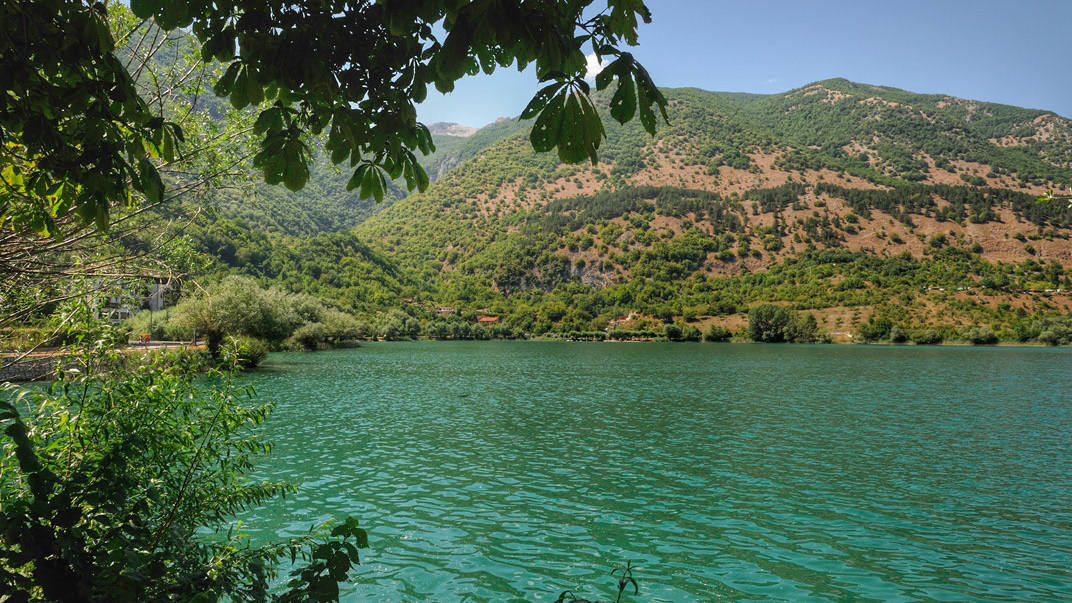
2016
The Lake of Scanno (AQ)
Lake Scanno, belonging for three quarters to the municipality of Villalago and for a quarter to that of Scanno, is located in Abruzzo, in the lower province of L'Aquila, between the Marsicani Mountains, in the upper valley of the Sagittario river, which originated for a ancient landslide that broke off from Mount Genzana above, between 12,820 and 3,000 years ago, which blocked the river Tasso.
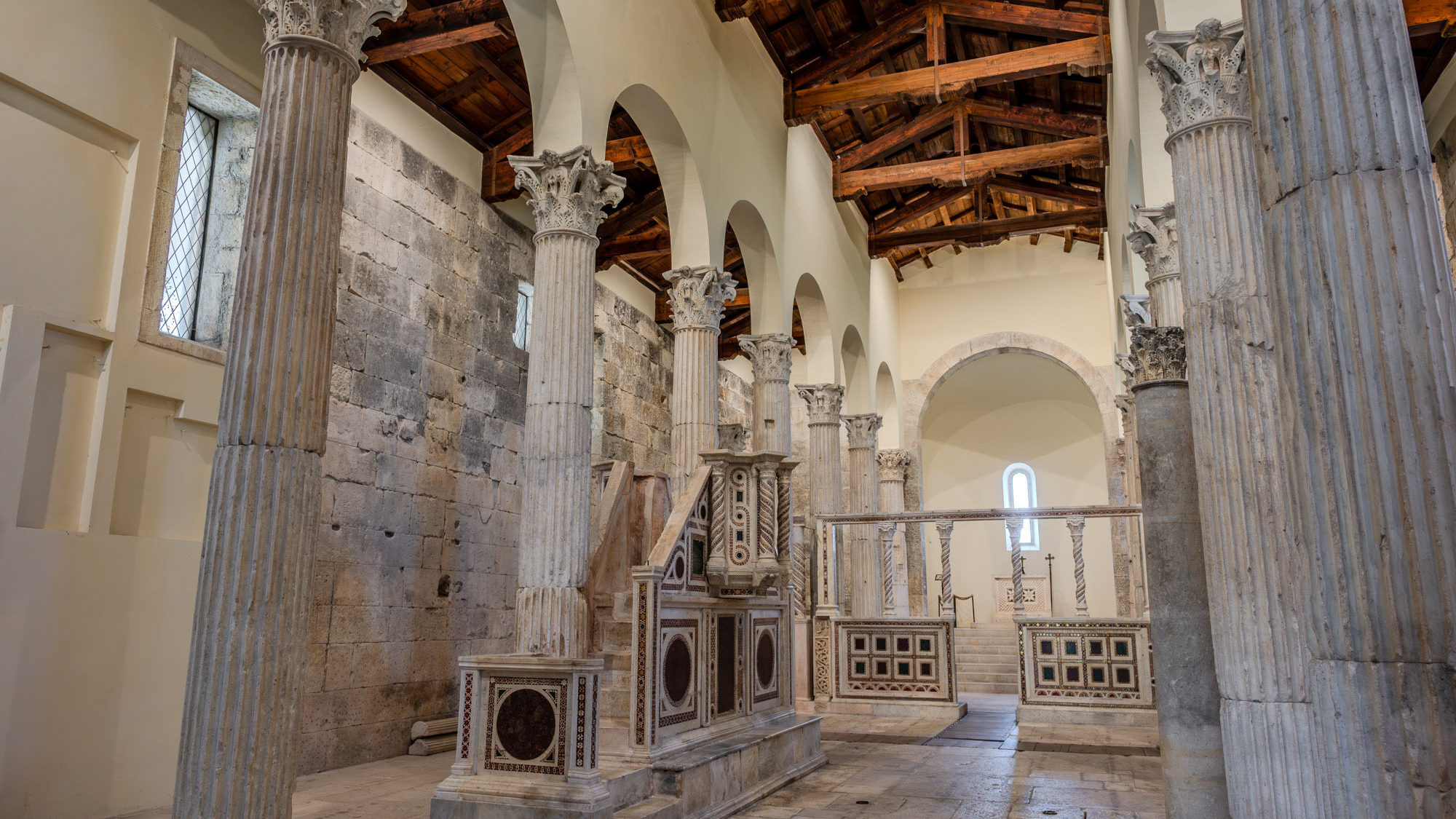
2024
Albe, Massa d’Albe. The church of San Pietro in Albe
The church of San Pietro in Albe stands on the hill of San Pietro, one of the three hills surrounding Alba Fucens, the Roman city founded in 304 BC at the foot of Mount Velino.
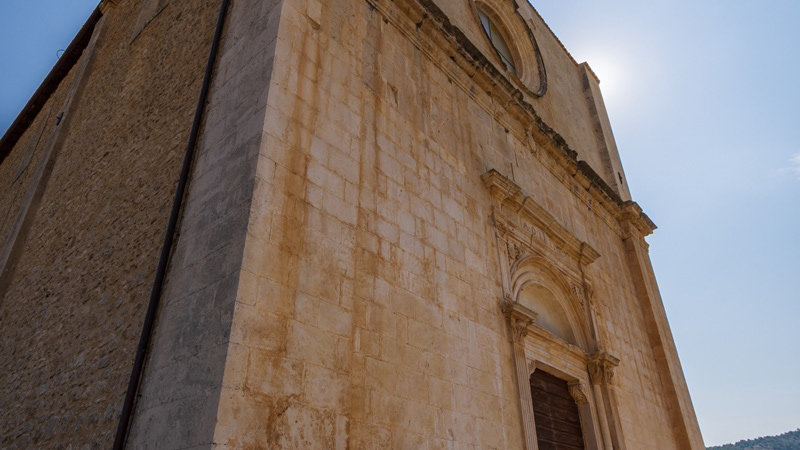
2018
Caporciano (AQ) S. Maria di Centurelli
The church is located in the fork between the tratturo L'Aquila-Foggia and the tratturo Centurelle-Montesecco, making it a strategic structure in the period in which transhumance played a fundamental role in the economy of southern Italy.
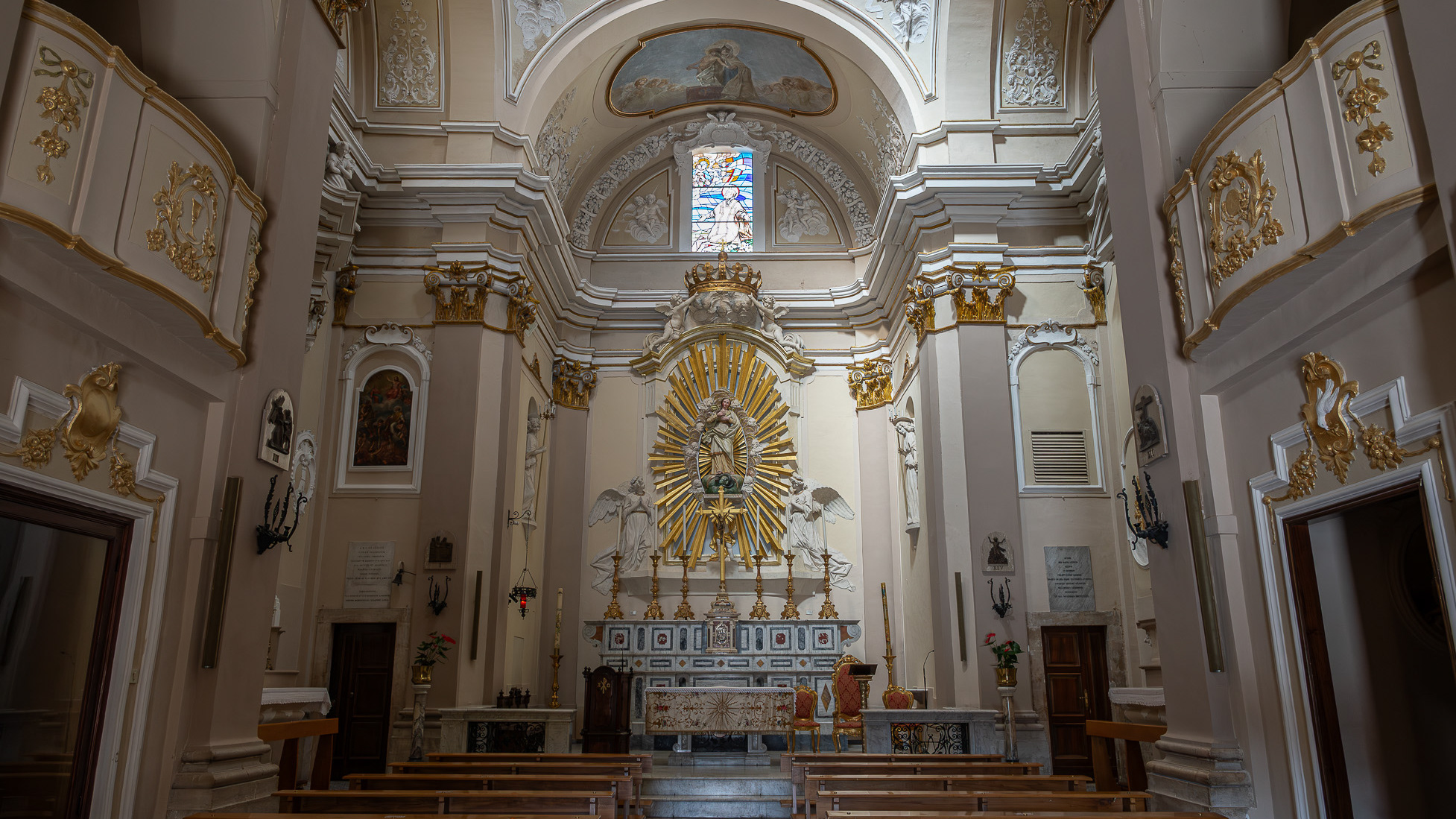
2023
Sulmona. Church of San Filippo Neri
The construction of the church and oratory of San Filippo Neri began in the mid-17th century and was completed in 1677. However, in the beginning the congregation was based - together with that of the Jesuit Fathers - in the church of Sant'Ignazio , located in Piazza XX Settembre and no longer existing today; only later did it move to Piazza Maggiore - the current Piazza Garibaldi - within the lively and populous Borgo Pacentrano. The earthquake of 1706 forced a reconstruction of the complex, which Baron Giambattista Mazara magnanimously took charge of between 1785 and 1794, deserving the commemorative plaque placed on the right wall of the church; the adjoining convent had to assume considerable decorum, so much so that in 1796 it was even able to host King Ferdinand IV of Bourbon on a visit to the city. In 1799, with the suppression of the Filipino order, the Fathers left the city and the sacred building, abandoned and reduced to profane use, was transformed into an oven and also used for military purposes. Likewise, the oratory, confiscated by the Royal Property, had various uses and today is the headquarters of the Command of the Guardia di Finanza. Only in 1920 did the church regain its religious use, becoming the seat of the parish of Sant'Agata. From here the traditional demonstration of the Madonna fleeing into the square begins on Easter morning, the joyful conclusion of Holy Week in Sulmona.
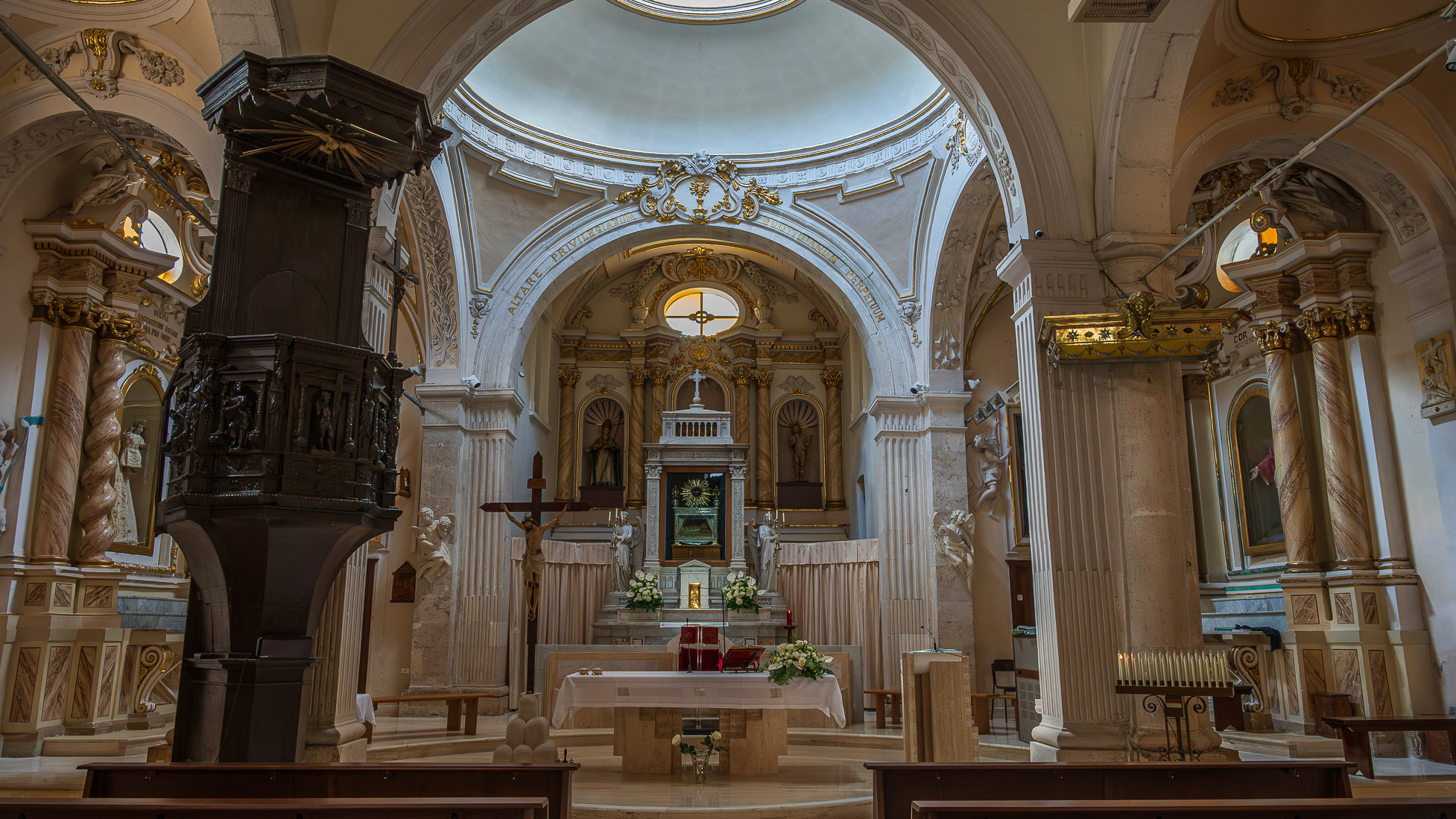
2023
Lama dei Peligni. Church of S. Nicholas and Clemente
Parish Church of the Child Jesus or of Saints Nicholas and Clemente. The parish church, originally dedicated to SS. Nicola and Clemente, was dedicated in 2015 to the Child Jesus, with a Decree of the archbishop mons. Bruno Strong. It is located in Piazza Umberto I, in front of the town hall. The original building dates back to the 16th century. An epigraph on the bell tower attests that the church was built in 1589 in the eighteenth century two windows were added on the facade for more light. The portico, located on the right side, dates back to the 20th century. The facade is rectangular. A tympanum dominates the portal, while a rose window is decorated with some little heads of angels. The portico has six bays with a round arch. The bell tower has three levels marked on the outside by a stringcourse frame. The interior has three naves, one central and two lateral. In the side aisles there are minor altars, with representations of saints. In the right aisle appear, in order, a niche with St. Sebastian, a first modern altar with an effigy of the Divine Mercy (recently set up), which houses the baptismal font, the latter covered by a late Gothic wooden chest dating back to the nineteenth century. Subsequently there is an altar with Our Lady of Sorrows and the dead Christ, then an altar with St. Anthony of Padua and finally a last one with the representation of the Sacred Heart of Jesus. In the left aisle there is, in order, a first altar with the Madonna del Rosario, then an altar with a painting of the Madonna delle Grazie. Subsequently an altar with S. Cesidio, followed by that in honor of S. Giuseppe. Finally there is a niche with S. Gabriele dell'Addolorata. At the back of the church, on the entrance door, there is a mezzanine supported by four columns, which houses a pipe organ built in the 17th century. At the end to the left of the central nave there is a wooden pulpit, with representations of the life of Jesus. The main altar is located at the end of the central nave, located in the center of the presbytery and is illuminated by the light from the dome. Behind the altar is the urn of the Holy Child, with the tabernacle below.
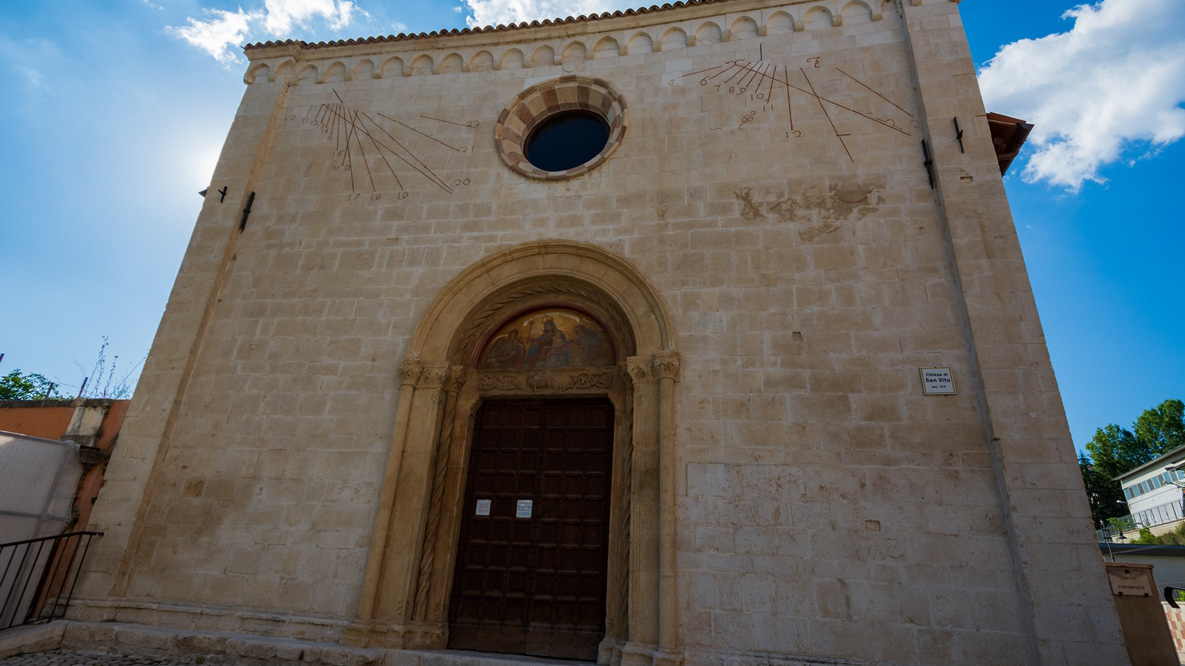
2018
L'Aquila
L'Aquila (IPA: / ˈlakwila /, pronunciation, formerly Aquila until 1863 and Aquila degli Abruzzi until 1939) is an Italian town of 69 284 inhabitants, capital of the province of the same name and of the Abruzzo region. The city is located in the Abruzzo hinterland on the slope of a hill to the left of the Aterno river, in a predominant position with respect to the Gran Sasso massif, the homonymous basin and the Aterno valley, on an area of 467 km² which make it the ninth largest municipality in Italy. Divided into 59 districts and hamlets, part of its territory is included in the Gran Sasso and Monti della Laga national park and reaches over 2,000 meters above sea level.
